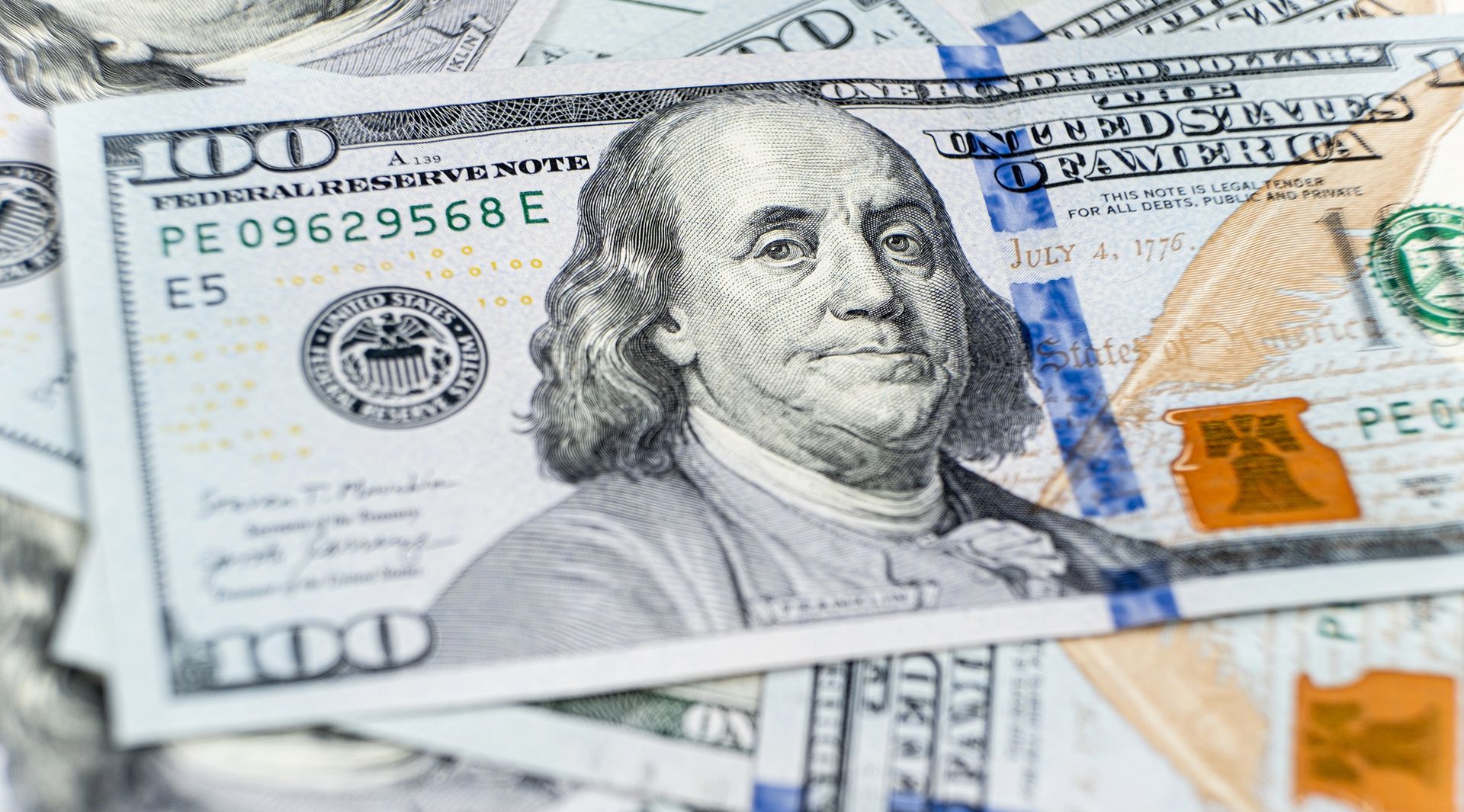- Macro Notes
- Posts
- Weak Dollar, Rising Prices: A Double Hit to Stability
Weak Dollar, Rising Prices: A Double Hit to Stability
The dollar is sinking, and inflation is heating up. Here’s what it means for markets and your portfolio.

After months of volatility, the U.S. dollar just posted its worst first-half performance since the 1970s. At the same time, consumer prices rose 2.7 percent in June and core inflation hit 2.9 percent. That is the fastest pace this year and a sign that pricing pressure is building.
The market is sending a clear message. Even as jobless claims and retail sales point to short-term strength, investors are losing confidence in the dollar. Foreign capital is flowing out of U.S. assets, and Wall Street is bracing for the possibility that inflation and weak growth may collide.
For everyday investors, this shift matters. A weaker dollar can lift the earnings of U.S. companies with global sales, but it also makes imported goods and travel more expensive. As the cost of living continues to rise, portfolio positioning becomes increasingly important.
Fed policy adds another layer of uncertainty. Markets rallied after Trump walked back threats to fire Chair Powell, but ongoing speculation has already triggered swings in bond yields and currency markets.
Expect more volatility if inflation remains sticky and the Fed delays its next move.
Core Holdings (Sponsored)
Some stocks don’t just rise — they explode.
A new report reveals 5 stocks with the potential to gain 100%+ in the next 12 months, backed by strong fundamentals and bullish technical signals.
Past picks from this team have soared +175%, +498%, even +673%. ¹
This free report gives direct access to the names and tickers — no fluff, just high-upside plays.
Available free until midnight tonight.
Download 5 Stocks Set to Double — before time runs out.
*Results may not represent all stock picks and may reflect partially closed positions. Investing involves risk, and past performance does not guarantee future results. This is not financial advice
Stay Up to Speed on Macro News!
We now send our macro-focused news via text, so you’re never far from the latest market-moving action.

Global Reactions and Spillovers
Currency shifts do not stop at the border. As the dollar slides, the effects are rippling through economies around the world.
Foreign exporters now face tougher math. Their goods are becoming more expensive for American buyers, and profits from U.S. operations are worth less when converted back to home currencies. That is hitting companies across Europe, Japan, and South Korea.
Luxury goods firms like LVMH, automakers like Toyota, and industrial exporters from Germany are all facing a currency drag. Some are seeing earnings forecasts downgraded. Others are weighing layoffs or price hikes to offset losses.
Central banks are also being forced to respond. The European Central Bank and the Bank of Korea are under pressure to cut rates to support their currencies. The Swiss franc has surged by more than 10 percent this year, raising deflation risks and sparking discussions about an emergency policy move.
Investors should watch for earnings revisions among multinationals, especially in Europe and Asia, and monitor how central banks react to rising currency pressure.

Sector Incentive Stocks (Sponsored)
The second quarter has brought a wave of volatility, but also rare opportunity.
A just-released investor guide reveals seven stocks positioned to lead, based on deep research and market momentum.
These companies have one thing in common: big upside with limited crowd exposure.
From energy to biotech, this report uncovers where the smart money is flowing.
Claim the full list now before institutional buyers drive up prices.
[Get Your Free Guide Now]

Market Positioning and Investor Strategy
The current environment presents both risk and opportunity.
The weak dollar is a tailwind for large U.S. companies that generate revenue overseas. Many in the tech and consumer goods sectors may report stronger earnings this quarter thanks to currency conversion boosts.
At the same time, investors should exercise caution when investing in international stocks and ETFs. A stronger euro or yen may sound positive, but it reduces the dollar value of those holdings and may hit profit margins abroad.
Bond markets are also feeling the shift. A weaker dollar can increase inflation expectations, driving up yields and pressuring long-duration assets. Some investors are already rotating into short-term fixed income and dividend stocks with pricing power.
For those with travel plans or expenses abroad, consider locking in favorable exchange rates as soon as possible. For long-term portfolios, consider companies with strong global revenue and low input cost sensitivity.
The dollar is more than just a currency right now. It reflects confidence in U.S. policy, inflation control, and economic direction. Investors should not ignore the signal.

Capital Shift (Sponsored)
A high-level deadline has been set—and it could send certain stocks moving fast.
Analysts tracking this event believe it may spark a wave of volatility and opportunity.
One top research team has issued an alert breaking down what’s coming and how to prepare.
Their track record includes major market calls and triple-digit winners.
Get the full details before this story hits the mainstream—the window to act is closing fast.

Top Takeaways
A weak dollar and rising inflation are reshaping the current global economy and investor playbook.
✅ Look for earnings upside in global U.S. companies and consider exposure to dollar-sensitive sectors.
✅ Pay attention to central bank policy abroad and potential earnings downgrades for foreign firms.
❌ Currency risk and rising inflation may pressure consumer spending, bond markets, and travel budgets.
❌ High volatility could continue if Fed signals remain unclear or if inflation fails to cool in July and August.
Top Picks
Microsoft Corp. (NASDAQ: MSFT): A weaker dollar translates directly into better earnings when overseas sales are converted back to U.S. dollars. With strong pricing power in enterprise software and cloud services, Microsoft is well-positioned to outperform in a weak-dollar, sticky-inflation environment. |
Procter & Gamble Co. (NYSE: PG): The company sells consumer staples across more than 180 countries and has a long history of passing higher costs on to customers. A weaker dollar helps boost its overseas revenue, while its portfolio of trusted brands provides pricing flexibility without compromising market share. |
Apple Inc. (NASDAQ: AAPL): A declining dollar provides a conversion tailwind that could boost margins in the upcoming earnings report. Investors should also monitor how Apple adjusts its pricing abroad, particularly in Europe and Asia, to manage demand and protect profitability. |
McDonald’s Corp. (NYSE: MCD): |

That’s it for today’s edition—thanks for reading! Reply to this email with any feedback or let me know which macro trends or markets you’d like me to cover next.
Best Regards,
—Noah Zelvis
Macro Notes


